![]()
By Tracy Gupton
When family and friends of Joseph Underwood Munson Jr. gather at the historic Munson Family Cemetery in Bailey’s Prairie next month to lay the 85-year-old former Texas Aggies football player and Army captain to rest, they will be standing on hallowed ground where many Munson family members have been interred over the past 150 years since the family burial ground was created between East Columbia and Angleton. Joe Munson’s ancestors were among the pioneer American families who came to the region of Mexico known as Texas with Stephen F. Austin’s original immigrants.
The newspaper obituary for Joe Munson, who was recruited out of Angleton High School in 1956 by legendary college football coach Paul “Bear” Bryant to play for Texas A&M University where Joe was a three-year letterman, states that “Joe’s family was among the early settlers of Brazoria County having received a land grant from Stephen F. Austin in 1828, a heritage of which he was immensely proud. Throughout his life Joe remained devoted to his roots in Brazoria County possessing an encyclopedic knowledge of his family’s history, as well as the history of the area.”
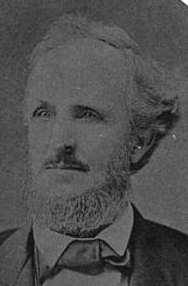
Mordello Stephen Munson was born in 1825 in what today is known as Liberty County, Texas. His father Henry William Munson came to Texas before Stephen F. Austin and received a land grant from Austin in 1828 upon his return.
Among the historic events that occurred in this area of Brazoria County over the past two centuries involving members of Joe Munson’s noble family tree was a tragic incident that occurred 114 years ago and was responsible for the burial of Joe’s ancestor in the same family cemetery in Bailey’s Prairie in 1909. Special Brazoria County Deputy Sheriff Hillen Armour Munson’s murder on September 15, 1909, sparked a series of killings that received widespread newspaper coverage that spread across the nation.
As many as nine deaths in Brazoria County evolved from a jail break in Angleton at what served as the county jail at that time. In her book, “Trials and Tribulations: Early Texas Crime Stories,” Marie Beth Jones writes that Charles Delaney “and another prisoner, Otto Cooper, had managed to escape from jail, setting off a series of grisly events that would involve many other people.”
Jones, who currently serves as a historical columnist for The Facts newspaper, is a former managing editor of The Angleton Times. In her book Jones states that a September 17, 1909, front page story of the same Angleton Times defined Armour Munson’s murder and the other related deaths as, “A chapter of unfortunate occurrences.” Two others had died prior to the member of the Munson family being gunned down.
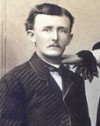
Hillen Armour Munson, 1863-1909
Charles Delaney was incarcerated in the county jail for having been convicted of murdering his son Jonas, who was only 14 or 15 years old, at their Sandy Point home in February 1909. According to Jones’ book, Jonas Delaney attempted to intervene when his father was attacking Jonas’ mother, Lila Delaney. The angry father ended up striking his teenaged son in the head with an axe. Sandy Point was a farming community near the entrance to the Darrington prison farm about 17 miles northwest of Angleton in north central Brazoria County.
Following a guilty verdict in the 1909 murder trial, Charles Delaney was being kept in the county jail in Angleton awaiting transfer to Huntsville to begin serving a life prison sentence. But Delaney, Otto Cooper and Jesse Graydon escaped from the county jail by overpowering a guard who had opened the jail cell door to feed the prisoners. Cooper had been charged with stealing jewelry and items from the home of well-known Angleton area rancher Joe Jamison while employed by Jamison.
Brazoria County Sheriff F.M. Gibson sent word to surrounding communities that the escapees from the county jail could be headed their way. J.T. “Tut” Harden, a Chenango rancher and merchant, realized the Chenango community would be on the route Delaney would be taking if he was headed to his home at Sandy Point so Harden sat in wait for the fugitives at the railroad depot. “He stationed himself at the box car that is used as a depot at Chenango,” Jones wrote in her book of Brazoria County crime stories.
“About 11 o’clock at night [they] came up the track,” Jones writes. “Just as [the fugitives] had passed him he called out for them to halt. Instead of doing as commanded they turned upon Mr. Harden and shot, both with shotgun and Winchester” stolen from Sheriff Gibson’s office at the county jail when they escaped.
Harden, a former Chenango postmaster, died from his wounds the following morning. It was the tragic death of his fellow Brazoria County rancher that stirred Armour Munson to get involved in the search for Harden’s killers.
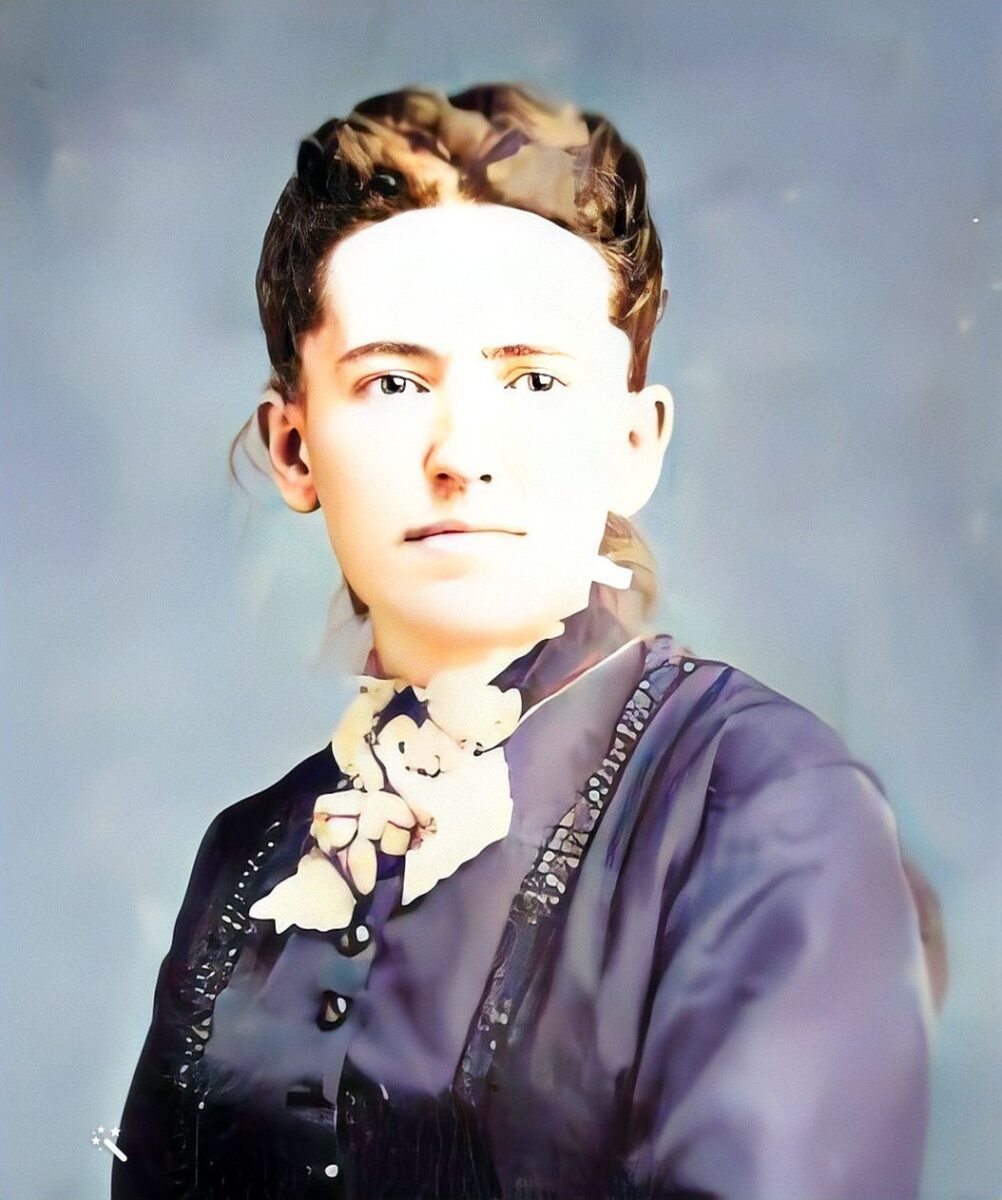
Sarah Kimbrough Armour Munson, mother of Hillen Armour Munson, is buried in Bailey’s Prairie
Joe Jamison was involved with the posse formed by then Brazoria County Sheriff Gibson to pursue and hopefully capture the escapees. In writing down his memories of the event that received national media attention, Joe Jamison said that “Mr. Armour Munson, a rancher and member of one of the oldest aristocratic families of the county, heard of Mr. Harden’s death and decided to ride up to Sandy Point … to help catch the fleeing Negroes. He learned at Sandy Point that Steve Hays lived near and was a cousin to Charles Delaney. He said he knew Steve Hays, as Hays used to work for him.”
“I had served as deputy sheriff and bailiff for the courts at times,” Jamison is quoted in Marie Beth Jones’ book which was published in 2009. “And the custom was that all stockmen were sheriffs in case of emergencies.” This policy from that era of Brazoria County policing led both Jamison and Armour Munson to assist the county sheriff and the few deputies Sheriff Gibson had at the time.
Word of Harden’s death spread rapidly around Angleton and surrounding communities, according to Jones’ book, which brought many volunteers to the county seat to join a posse. The search for three men quickly was narrowed to trying to find two fugitives when Jesse Graydon, who had been a trustee at the jail, was located hiding in some brush near the jail and returned to custody. He informed Sheriff Gibson that he did not leave Angleton with the other two escapees.
A front page article in the September 16, 1909, Galveston Daily News informed its readers that Brazoria County Sheriff Gibson and six deputies approached Steve Hays’ house at Sandy Point where they found the two jail escapees hiding inside. Joe Jamison wrote in his memories of the event, “When [the deputies] rode up, Mr. Munson took the lead and called to Steve to come out, that he wanted to talk to him about Charles Delaney. Come out Steve, Munson yelled, you remember me, don’t you? You used to work for me. About that time the door cracked open just a little and a gun barrel stuck out and fired, a load of buckshot hit Mr. Munson in the face and chest, killing him instantly, and he fell from his horse on his face to the ground.”
The Angleton Times’ version of Armour Munson’s death differed slightly from Joe Jamison’s memory. “Munson, with a party consisting of Mank Faickney, Cochran Willis, Ed Barbee, Horace Kelley, Innes Herring, Lon Follett and Jim Kelly went to the home of Steve Hayes about a mile southwest of Sandy Point. Hayes is a brother-in-law of the escaped prisoner Charley Delaney. It was reported that Hayes had harbored Delaney and the men hoped to get information about Delaney’s whereabouts.
“Munson and his party rode up to the house, where Hayes and some women and children were sitting on the gallery. Munson and Hayes knew one another well, and Munson called asking Hayes to come out, saying they were not going to hurt him, but wanted to ask him some questions.”
Jones writes in her book that Steve Hays escaped after killing Armour Munson but was later killed by a Brazoria County Sheriff’s deputy when Hays was found hiding in brush north of Angleton. “Hays shot Joe Nunn in the neck, killing him instantly, and retreated,” Jones wrote that this memory came from Joe Jamison’s writing. “When a deputy ordered Hays to stop, he raised his gun instead. The deputy fired first, killing Hays.”
An Officer Down Memorial Page currently on the internet lists Special Deputy Sheriff Tom Pye as having been killed September 23, 1909, when he was involved with the posses Sheriff Gibson organized for the manhunt. Perhaps Tom Pye is the “Joe Nunn” mentioned in Jones’ account of Steve Hays shooting an officer prior to being killed himself by another Brazoria County Sheriff’s deputy.
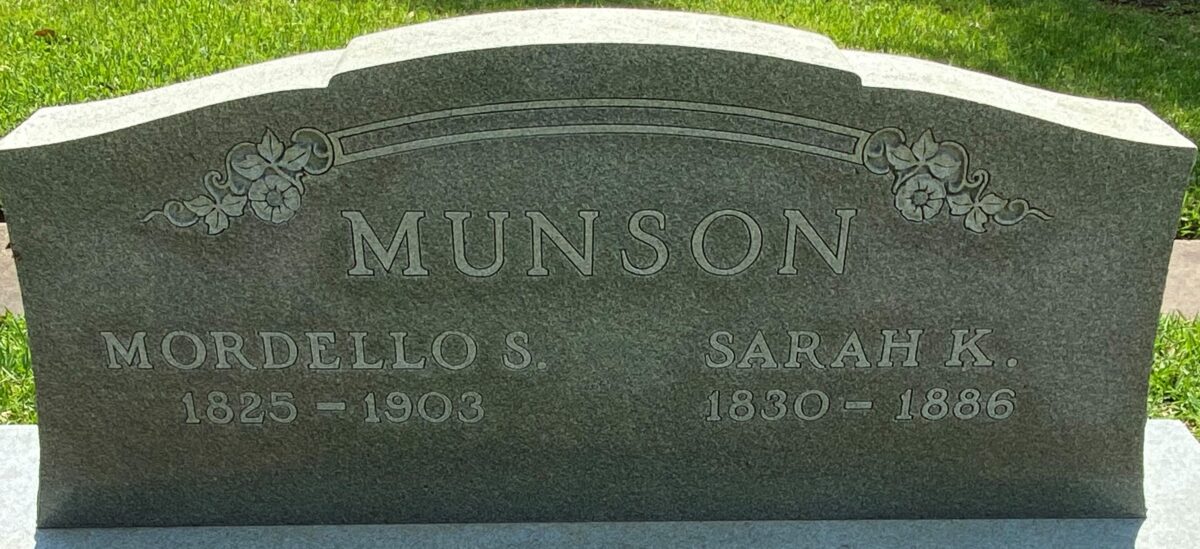
The ornate headstone of Armour Munson’s parents at the Munson Family Cemetery reveals that both Sarah Munson and Mordello Munson had been occupying burial plots at the Bailey’s Prairie graveyard prior to their son’s tragic murder
Delaney was eventually found hiding under a bed by deputies at Delaney’s house in Sandy Point and was arrested. He was tried and served a lengthy prison sentence. Cooper hopped a freight train and escaped but was indicted on February 23, 1910, on charges of murdering Harden, although authorities never apprehended Cooper. Jones’ book reveals that Harden lived long enough to tell authorities that Cooper was the one who shot him.
In addition to Jonas Delaney, Harden, Munson, Hays and Joe Nunn, others who lost their lives during events associated with the 1909 jail escape were Charles Knoble, Peter Vann, Sylvester Vollbaum and Jake Keyes. Marie Beth Jones writes in her book that Jake Keyes was killed on September 17, 1909, near Sandy Point during a manhunt searching for Steve Hays after he gunned down Armour Munson. “A newspaper account states that it was not known who had fired the shots” that killed the armed Keyes, Jones writes in her book.
Charles E. Martin and George Davis were found not guilty by a Brazoria County jury in 1913 for killing Peter Vann and Sylvester Vollbaum during the 1909 unorganized manhunt involving an abundance of volunteers assisting the county sheriff’s department when Sheriff Gibson was searching for Steve Hays and the county jail escapees.
Charles Knoble was killed three or four days after the deaths of Munson and Harden. Jones writes in her book that posse members John Williams and Henry Golden had been manning the railroad tracks in the Sandy Point area when they observed a man approaching them with what they thought was a rifle over his shoulder. Williams and Golden ordered the man to stop. He allegedly retreated but then started walking toward them, took what they thought was a gun off of his shoulder and stooped down. When doing so, Golden shot the man dead. It turned out Knoble had been carrying a bundle of clothing tied to a stick. The posse members were never prosecuted for killing an innocent man.
The 46-year-old Armour Munson was laid to rest at the Munson Family Cemetery in Bailey’s Prairie. He left a wife, Lilla Mary Cox Munson, and three children: Walter Bascom Munson, then 14, Mary Alice Munson, seven at the time, and 4-year-old Carrie Armour Munson; as well as five brothers and two sisters. Lilla died in Houston in 1934. She and her youngest daughter Carrie had moved to San Antonio from Angleton about 1929 to live with her older daughter Alice and her husband, Jack Ball.
Armour Munson was born during the midst of the Civil War at Bailey’s Prairie July 31, 1863. He was the sixth child and fourth son of Mordello and Sarah Munson. Mordello had served as an officer in General Thomas Neville Waul’s Texas Legion of the Confederate Army during the Civil War. Armour’s mother Sarah died in 1886 and Mordello passed away six years before his son was murdered. Armour’s parents are buried at the Munson Family Cemetery as well.
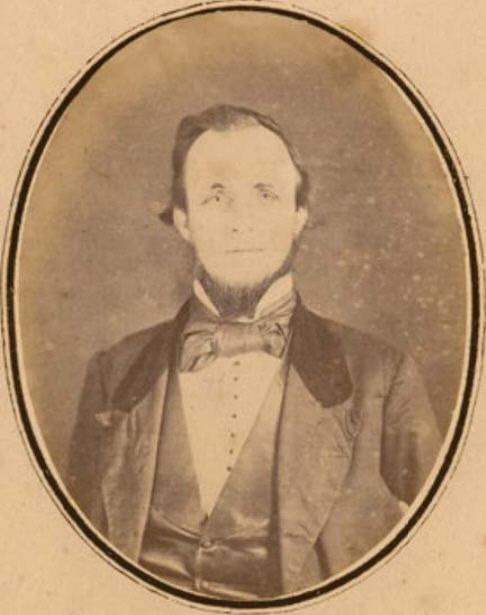
A photograph or drawing of Mordello Stephen Munson who was a captain in the Confederate Army during the Civil War and later served in the Texas state legislature. He ran for the Texas Senate unsuccessfully in 1874.
Mordello Stephen Munson, a state legislator after the Civil War, was the son of Henry William Munson who came to Texas in 1813, returned to the United States but came back to Texas in 1824 when the region was still under Mexican rule. Armour Munson’s grandfather, Henry Munson, fought in the 1832 Battle of Velasco and died the following year, three years before Texas won its independence from Mexico in 1836.
Mordello and his wife Sarah Kimbrough Armour Munson married in 1850 and had eight children. In January of 1862 Mordello enlisted in the Confederate Army in Galveston under Lieutenant Colonel T.J. DeBray. Mordello returned home in May of 1865 after the Civil War to raise cattle and farm on the family land between East Columbia and Angleton. In 1866 Mordello Munson was elected to the Eleventh Texas Legislature, representing District 35 (Galveston and Brazoria counties). He was an unsuccessful candidate for the Texas Senate in 1874.
The Munson and Munson Law Firm was formed, first in Brazoria when that neighboring town was the county seat, with the Civil War veteran and his sons practicing law in Brazoria County. The Munsons relocated their law firm to Angleton when that city became the county seat in 1896. Mordello Munson worked with his sons, attorneys Joseph Waddy Munson, Walter Bascom Munson and Milam Stephen Munson in the family law firm.
Judge Milam S. Munson, the youngest of Mordello and Sarah Munson’s 8 children, was elected Brazoria County judge in 1897 and re-elected in 1899. In 1908, the year before his brother Armour Munson was murdered, Milam was appointed by Texas Governor W.P. Hobby to fill an unexpired term representing Brazoria and Matagorda counties in the 31st state legislature. Milam Munson served as district judge from 1919 until his death at the age of 81 in 1950. He had presided over the 23rd judicial district for 31 years.
Graveside services for Judge Munson were held at the Munson Family Cemetery in 1950.
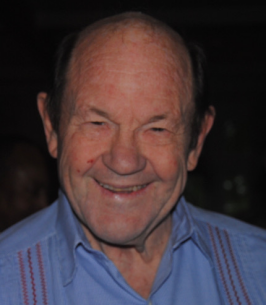
Joseph Underwood Munson Jr. passed away July 2, 2023, at the age of 85
A memorial service for Joseph Underwood Munson Jr. will be held at 11 a.m. on August 11, 2023, at St. Francis Episcopal Church, 345 Piney Point in Houston. Joe Jr. will be laid to rest beneath the beautiful, majestic oaks surrounding the Munson Family Cemetery in Bailey’s Prairie where Sarah and Mordello Munson were buried in 1886 and 1903 respectively, Hillen Armour Munson was interred in 1909 and Joseph Waddy Munson in 1917. Mordello’s brother George Poindexter Munson died at 45 and was one of the first burials at the Munson Family Cemetery in April of 1878.
Mordello and his younger brother George were born in what today is Liberty County, Texas, in the early days of the Anglo settlement adventures in Coahuila, Mexico, prior to Texians winning their independence and Columbia becoming the first capitol city of the new Republic of Texas in 1836. Their father, Henry William Munson, was buried at Gulf Prairie Cemetery following his death in 1833 in what is today known as Jones Creek, Texas.
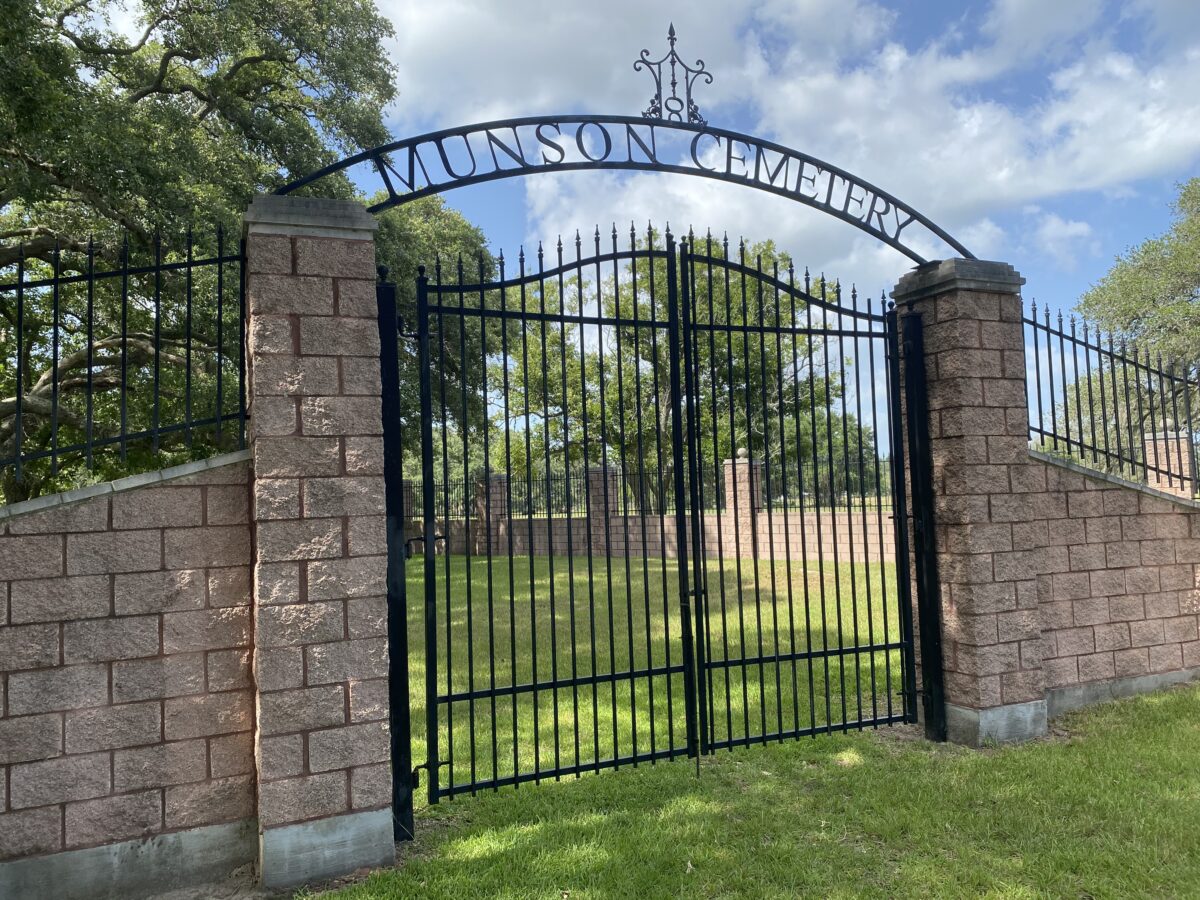

Absolutely fascinating! Very well done, Tracy, Thank for this family history>